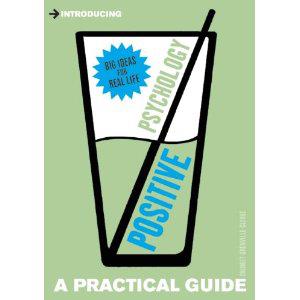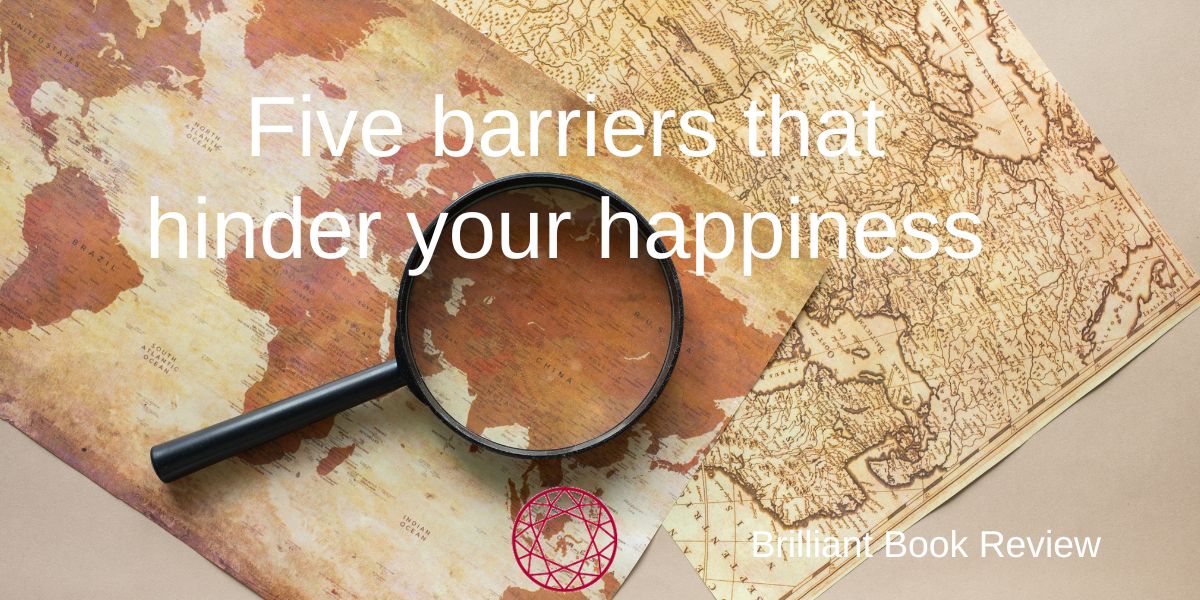Do you agree that happiness is a choice and can be cultivated? Yes, of course, but… Let’s look today at the barriers that may hinder you from being happy and living your best life.
You know from experience that achieving happiness is not simple. For instance, did you know that we usually pay much more attention to the negative aspects of our lives than to the positive aspects? This phenomenon is known as the negativity bias.
To make things worse, there are four other obstacles to well-being.
Five Barriers that Hinder Your Happiness
Positive psychology discovered five significant hindrances that may prevent us from flourishing:
- the ‘negativity bias’
- the ‘duration neglect’
- social comparison
- the hedonic treadmill
- lack of self-control
If you’d like to know more about positive psychology and these hindrances, I highly recommend reading Bridget Grenville-Cleave’s book Introducing Positive Psychology: A Practical Guide.
Bad is stronger than good…
Let’s focus today on the negativity bias. The scientific evidence is striking and – at first glance – rather disturbing. The psychologist Roy Baumeister summed it up as “Bad is stronger than good.”
In practice, this means we have a tendency – and a habit! – to focus our attention more on the negative emotions, experiences and information and give them greater weight in comparison to positive emotions, experiences and information.
… and how this impacts our lives
Consequently, we all easily remember an insult and take any reproach or criticism more seriously than a compliment or positive feedback.
Some clients I had to help even heard (!) and noticed compliments, approval, and praise. They were so used to focusing on what was ‘wrong’ and not working (and criticising themselves).
Likewise, negative emotions seem to reduce our level of subjective well-being more than positive emotions can increase it.
Fortunately, there are several things you can do to counterbalance this.

Your Turn Now
Please don’t believe me anything!
Sharpen your self-observation.
Watch yourself closely during the next 24 or 48 hours:
- Do you notice compliments?
- Are you open to receiving them and enjoying the feelings they ignite in you?
- Do you dwell on things that ‘don’t work’ are ugly or disturbing?
- How long are you affected by words that hurt or provoke unpleasant feelings?
I’d love to know what you learned about how we focus on the negative, whether through this exercise or otherwise.
Please leave a comment.
This article was written in 2014 and last updated in July 2024.





Ernst
That is so true. It takes a deliberate effort to focus on the positive things, to perceive difficulties as challenges instead of as problems, and to realise that unsuccessful ventures are great opportunities to learn
Patricia Mauerhofer
Yes Ernst thanks for you comment. And the more we open up to receive love the easier it gets. Stay happy!
Ola Agbaimoni
Hi Patricia – great post. Happinessisnowhere – Robert Holden who runs the happiness project uses this as an example of how your mind determines what you see and experience. Do you see Happiness is now here or happinesses is nowhere! basically happiness is a choice not a destination so if you choose to be happy you are more likely too.
Patricia Mauerhofer
Hi Ola, thanks for your comment. I’d like to learn more about this project, there are quite a few around these days. I like this way of looking at it. Another way would be: you can find happiness everywhere 🙂
Judy
This is a very good message. I find I’m generally positive and upbeat about issues – that they have options and solutions. The first option is a decision to see something as an opportunity not as a problem. And even that the new ‘issue’ is an answer to previous issues (IYSWIM). I think parents and school have a lot to teach children perspective.
Patricia Mauerhofer
I completely agree with what you say Judy. Thanks for your thoughts and taking the time to share them!
Nicky Claydon
Great post Patricia. Not sure if you\’ve heard of The Science of Happiness by Soulpancake. I love this video: http://www.youtube.com/watch?v
Patricia Mauerhofer
Thanks Nicky, I just checked it out. There were several videos. I’m not sure how scientific this is (they don’t mention the sample size), but it’s well done and entertaining and confirms studies I read and what I think is relevant to practice. Will take it up in a post. Thanks for letting me know. 🙂